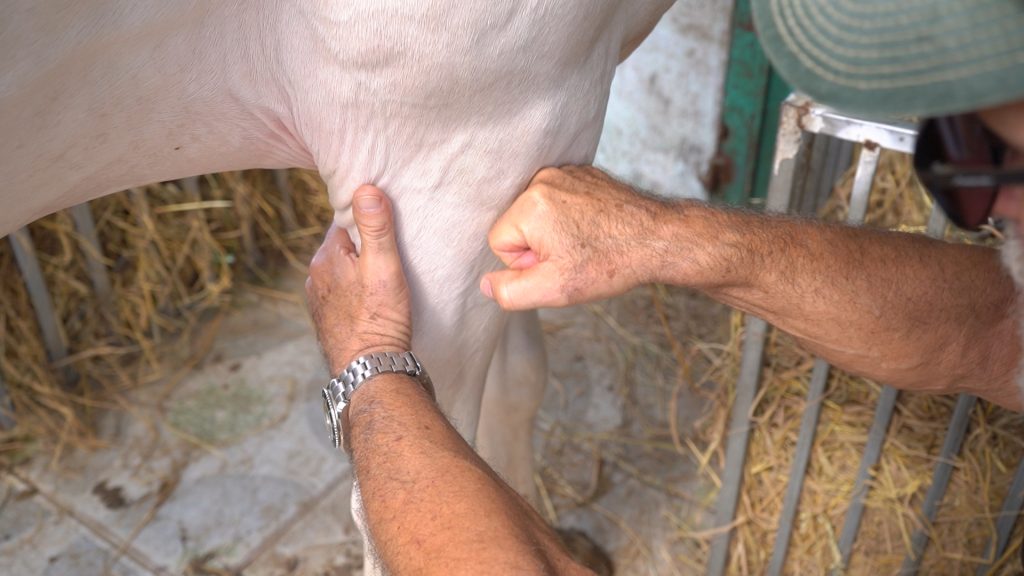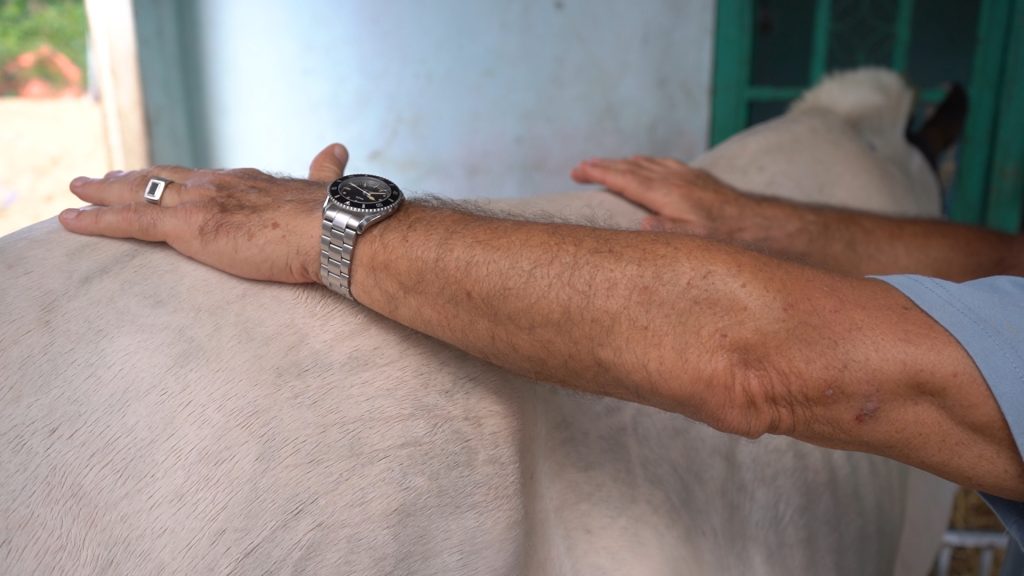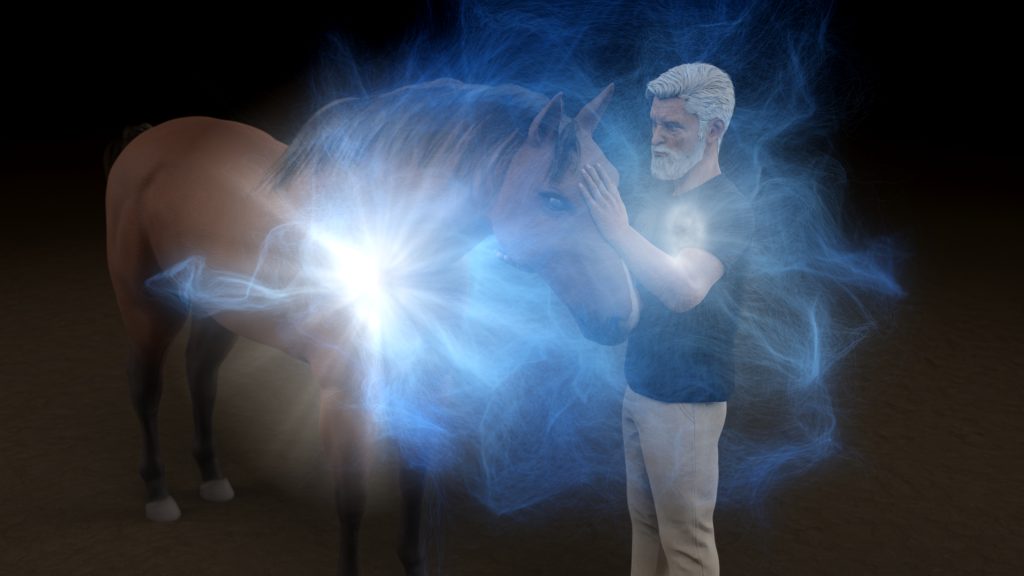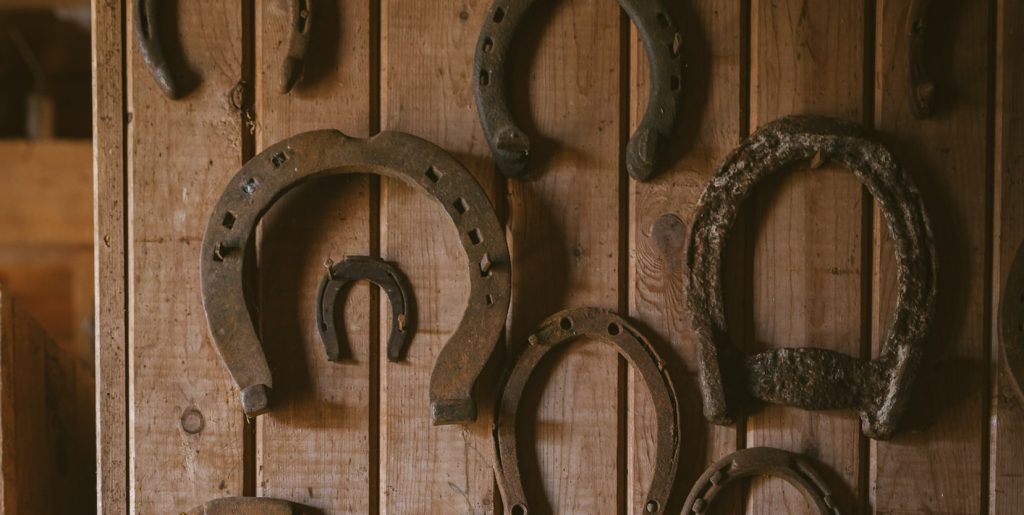
Equine Massage Therapy offers several potential benefits for horses, both physical and psychological. Here are some of the key values of equine massage:
- Muscle Relaxation: Equine Massage therapy helps to release tension and tightness in the muscles, promoting relaxation and flexibility. This can be particularly beneficial for horses engaged in strenuous activities such as training, competition, or work, as it can help prevent muscle stiffness and soreness.


